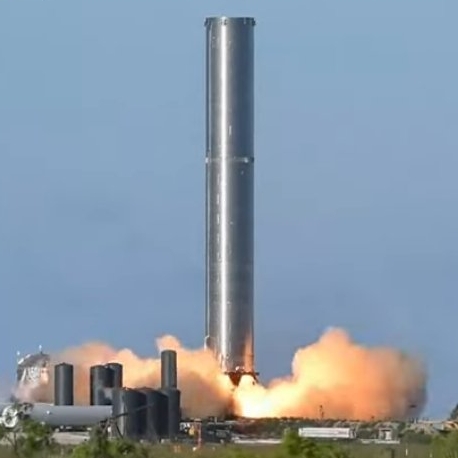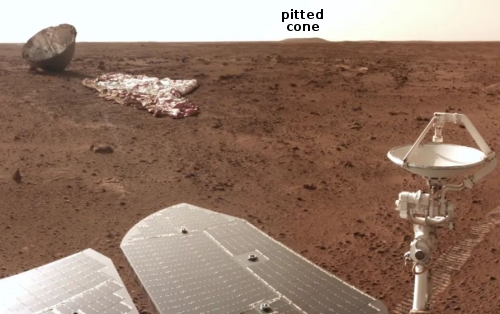Blue Origin working to make 2nd stage of New Glenn reusable
Capitalism in space: According to this Ars Technica article by Eric Berger yesterday, Blue Origin has begun working on a project dubbed Jarvis, focused on making the upper stage of its orbital and as yet unlaunched New Glenn rocket reusable.
Bezos had been asking his senior staffers about reusable upper stages, but advisers told him such an approach was unlikely to work, sources said. Bezos also seems to have been told the SpaceX “fail forward” method of rapidly prototyping and testing Starships, with few processes and procedures, would be unlikely to succeed.
However, over the last year, Bezos took note as SpaceX launched and landed its Starship vehicle. This is one of the reasons he decided to initiate a project named “Jarvis” at Blue Origin within the reusable second-stage program. Sources said Bezos has walled off parts of the second-stage development program from the rest of Blue Origin and told its leaders to innovate in an environment unfettered by rigorous management and paperwork processes. [emphasis mine]
The highlighted sentences indicate evidence that the management that Bezos brought in to run Blue Origin for him in 2017 was definitely old school big space managers, with limited vision and timid about risk-taking, and that Bezos is beginning to recognize this and shift control of the company away from them.
This is excellent news, and suggests that we shall finally see some real progress at Blue Origin, something that has been lacking for the past four years. It also suggests that Bezos now recognizes he needs to make his rocket competitive with what SpaceX has, and is taking steps to make that happen
Isn’t competition and freedom wondeful? When allowed to flourish it makes things happen fast, and with amazing daring.
Capitalism in space: According to this Ars Technica article by Eric Berger yesterday, Blue Origin has begun working on a project dubbed Jarvis, focused on making the upper stage of its orbital and as yet unlaunched New Glenn rocket reusable.
Bezos had been asking his senior staffers about reusable upper stages, but advisers told him such an approach was unlikely to work, sources said. Bezos also seems to have been told the SpaceX “fail forward” method of rapidly prototyping and testing Starships, with few processes and procedures, would be unlikely to succeed.
However, over the last year, Bezos took note as SpaceX launched and landed its Starship vehicle. This is one of the reasons he decided to initiate a project named “Jarvis” at Blue Origin within the reusable second-stage program. Sources said Bezos has walled off parts of the second-stage development program from the rest of Blue Origin and told its leaders to innovate in an environment unfettered by rigorous management and paperwork processes. [emphasis mine]
The highlighted sentences indicate evidence that the management that Bezos brought in to run Blue Origin for him in 2017 was definitely old school big space managers, with limited vision and timid about risk-taking, and that Bezos is beginning to recognize this and shift control of the company away from them.
This is excellent news, and suggests that we shall finally see some real progress at Blue Origin, something that has been lacking for the past four years. It also suggests that Bezos now recognizes he needs to make his rocket competitive with what SpaceX has, and is taking steps to make that happen
Isn’t competition and freedom wondeful? When allowed to flourish it makes things happen fast, and with amazing daring.




